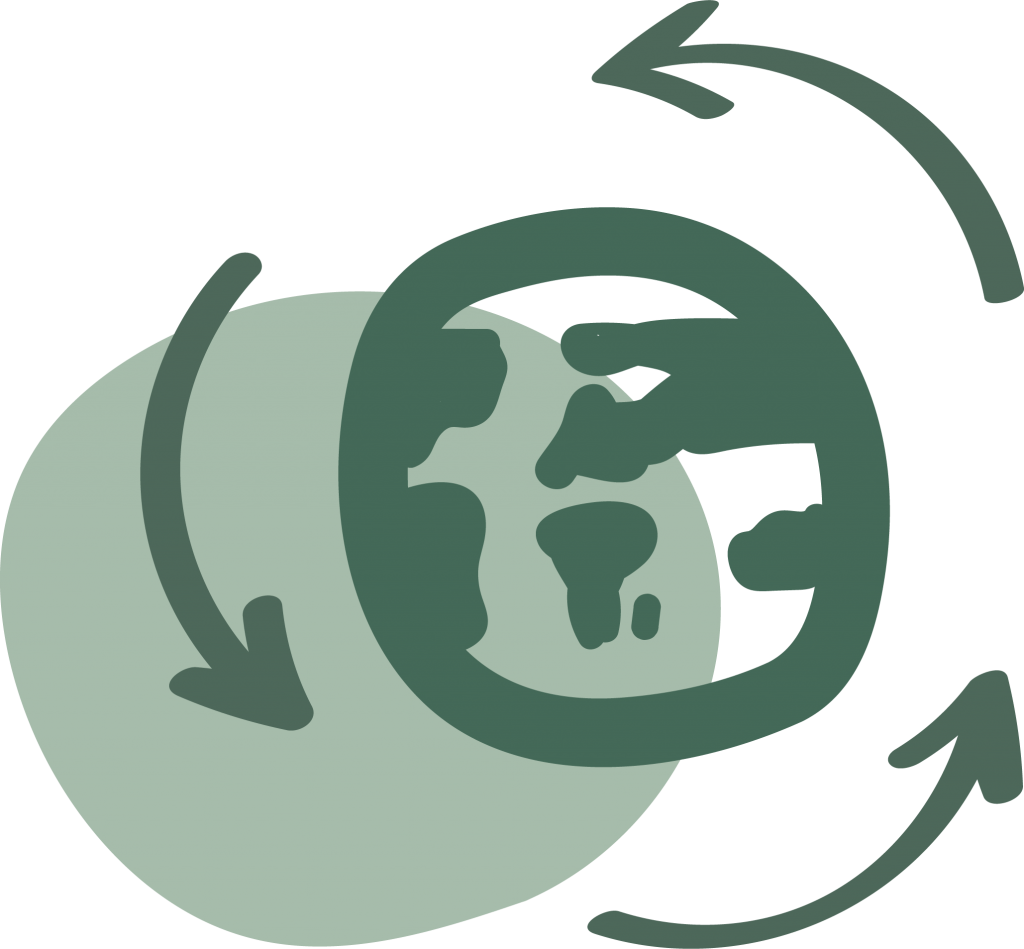Compensation
CO2 neutral clothing
Despite great initiatives, it is fairly impossible to operate completely CO2-neutral in today’s fashion industry In order to realize a climate neutral footprint for our company, CO2-emissions can be compensated for. We’ll explain how we do that.

How does Stricters calculate this?
Based on several research studies by CE Delft, CO2emissiefactoren, thuiswinkel.org and eY, we created a tool to calculate the average CO2-emissions of the production and transport of a certain clothing category. We take into account the materials, the weight of the clothing piece and all the transportation. Because the weight of women’s and men’s clothing differs, we take the average of those two. Next to that, we assume that the transport happens by boat. We also take into account the different distances of transport for products. Here you can see our model for some of the important categories:
|
Item (average) |
Weight (grams) |
Fabric |
CO²-eq per fabric (kg) |
Transport (in total) |
CO²-eq per item (kg) |
|
T-shirt |
150 |
Bio Cotton |
11,77 |
0,18 |
1,94 |
|
Jeans. |
605 |
Bio Cotton |
11,77 |
0,25 |
7,37 |
|
Swimming pants. |
150 |
rPET |
11 |
0,18 |
1,83 |
|
Blouse |
150 |
Tencel |
12,87 |
0,18 |
2,11 |
|
Hoodie |
550 |
Bio Cotton |
11,77 |
0,24 |
6,72 |
Clothing item (average) | Weight (grams) | Fabric | CO²-eq per fabric (kg) | Transport (in total) | CO²-eq per fabric (kg) |
|---|---|---|---|---|---|
T-shirt | 150 | Biological cotton | 11,77 | 0,18 | 1,94 |
Hoodie | 550 | Biological cotton | 11,77 | 0,24 | 6,72 |
- * Distances in transport are based on South East Asia, Mediterranean & Portugal.
- * We assume that on average there are 2 clothing items in one package
- * We also took into account the returned items
How do we compensate for our CO2?
Our compensation happens through the Peruan Tamboapata REDD+ project. This project prevents CO2-emission and restores the Amazon rainforest. In collaboration with the local population, woods are protected, land is recovered and trees are planted. The project ensures a transition for local farmers towards sustainable cacao production, in order to recover the land. Furthermore, illegal activities in the jungle are being combated. The project is being strictly monitored by external standards VCS and CCBA. Next to that, the project contributes to no less than 10 of the Sustainable Development Goals from the United Nations.

Rainforest protection
Endangered rainforest
Worldwide, deforestation happens at an alarming rapid pace. It is highly important to stop this and place restrictions on the destruction of the forest. It is Stricters’ aim to save as many square meters of rainforest as possible. We do this in collaboration with the nonprofit organization Strictly For Nature. This way we not only combat climate change, but also save a great number of animals, trees and plants.

How much rainforest do you protect?
For every 10 euros that you spend, Stricters ensures that 2,5M2 of endangered rainforest is protected. This protection happens through the acquisition of woods and sustainable protection measures. Every product will show how many M2 of rainforest you protect with that purchase! Did you already try out this tool?
How does Stricters ensure rainforest protection?
Stricters donates a part of its revenue to the nonprofit organization Strictly For Nature. An independent board of this nonprofit determines which protection projects are most effective and most reliable to invest in. The nonprofit tries to be as transparent as possible and will therefore report regularly on the supported projects and the attained goals. The current focus is on reliable projects of the RainForest Trust and its local partners. Through this project Strictly For Nature will focus on the acquisition of endangered parts of the land and projects for a sustainable rainforest projection.

